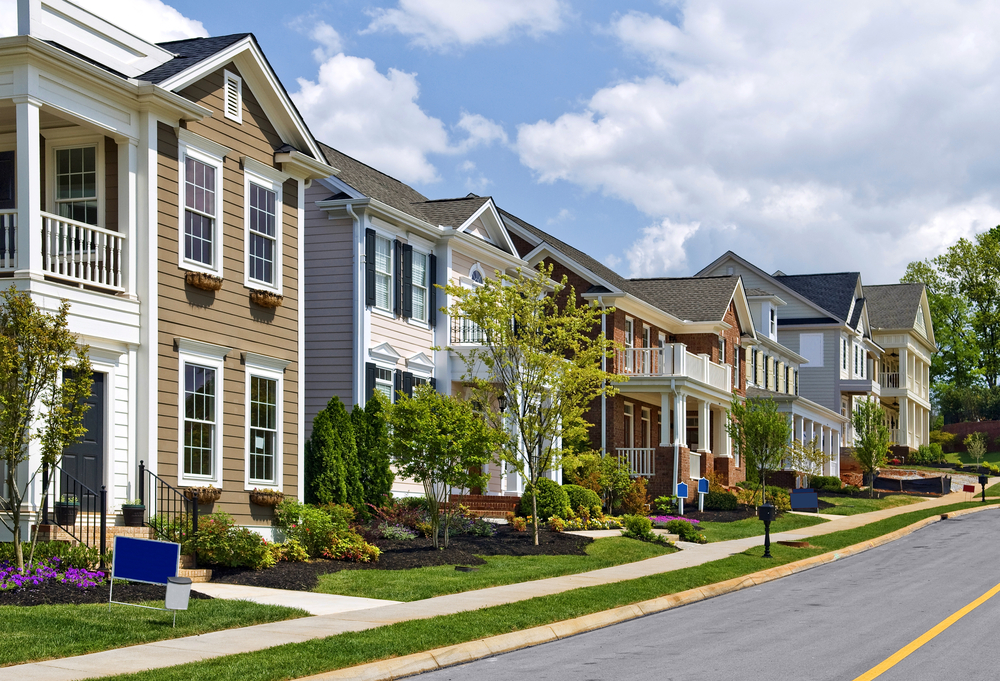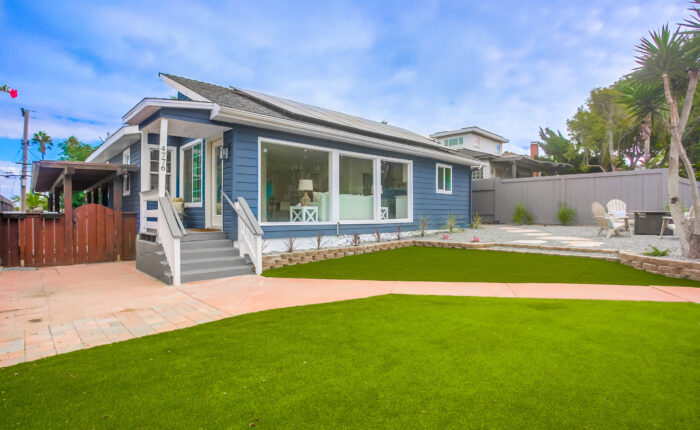Are you investing in the right neighborhoods?
There are many places to invest in real estate today. While you can make your decision solely based on location, it is equally important to determine which neighborhood will make the most out of your investment. Some aspire to focus on the luxury market, while others have a burning passion to improve distressed and low income communities. So which market makes the best choice for real estate investment?
The Good, Ugly, And In Between
Most cities have a more luxurious area where home prices are higher and the wealthy reside. There, the homes are more beautiful, but they are not accessible to the majority of the population. Additionally, there are extremely distressed neighborhoods, which scare people away from even entering, let alone investing in. Finally, there is the middle ground. When it comes to making a real estate investment, it is about finding the right fit for you. It all depends on how much effort you are willing to put into a project. There are advocates for investing at all ends of the spectrum, so what should really be guiding your decisions?
3 Guiding Factors
1. Your Goals: What are your individual goals? These are specific goals you hope to achieve with or through real estate investing. Your goals should be applicable to the type of neighborhood you choose.
2. Your Real Estate Investment Strategy: Strategy and model make a massive difference in selecting neighborhoods to invest in. Do you plan to wholesale houses, fix and flip homes, rehab and rent them out, opt for turnkey rental programs, make loans, develop, redevelop, or some kind of alternative? Do you have a brand? Do you have partners or other investors? Ultimately, you need to decide what kind of neighborhood will best match with the assets you already have.
3. Your Timeline: What type of timeline are you working on? Do you need rapid appreciation, or is long term success what you care most about? When do you need to access your gains? Is it next week, or 30 years from now? Analyze your options to ensure maximum results based on how the neighborhood will grow in the future.
Price is far less of a factor than the above criteria when choosing where to invest. The resources you have can play into your decision, but creative deal structuring and financing can help even new investors land more expensive house deals.
Investing In A+ Neighborhoods
High-end neighborhoods offer prestige, and – in some cases – better protection. However, they can also suffer from lower yields and longer marketing times. Additionally, they tend to be more expensive to maintain and improve. These properties can sometimes be easier to sell to affluent and out-of-area investors who are investing based on aesthetics alone versus the numbers. This depends a lot on the media.
Mid-Range Neighborhoods
Mid-range, middle-income, or A-C class neighborhoods are normally identified by their cost, bread and butter family residents, and demand. Demand can be much stronger for rentals and sales in these neighborhoods thanks to price and flexibility of units to accommodate different family sizes. There is a bigger pool of buyers and renters, which are attracted to these properties. For this reason, many real estate investors choose to make these properties their focus. However, that can also mean greater competition. Overall, these communities are more likely to benefit from appreciation in good times, and are less likely to suffer performance hits than already distressed neighborhoods.
Distressed Neighborhoods
Seriously distressed and low-income neighborhoods have both passionate advocates and those that fear them. These neighborhoods often have the most room to go up in value and the widest cash flow spreads. They also face the most challenges in maintaining appreciation growth. Repair needs can be heavy, though typically more affordable to execute. While investors in these properties have the opportunity to wield the most good, in terms of revitalizing communities, they simply fear for their personal safety and won’t consider investing at all until the bulk of their gains have been returned. Those that really want to invest in these areas should find others locally and nationally that share their enthusiasm, and are willing to help you commit to making it work. Local partnerships can be powerful tools for bringing change to these suffering neighborhoods.
Summary
Any kind of neighborhood will have pros and cons for real estate investors. Deciding where to begin should really come down to finding a neighborhood that best matches your individual strategy, goals, and timeline. There can be great benefits to diversifying investments across all types of communities if you are looking for long-term growth. Regardless of where you invest, you will achieve more and have better control your assets and performance with a concentrated approach.






